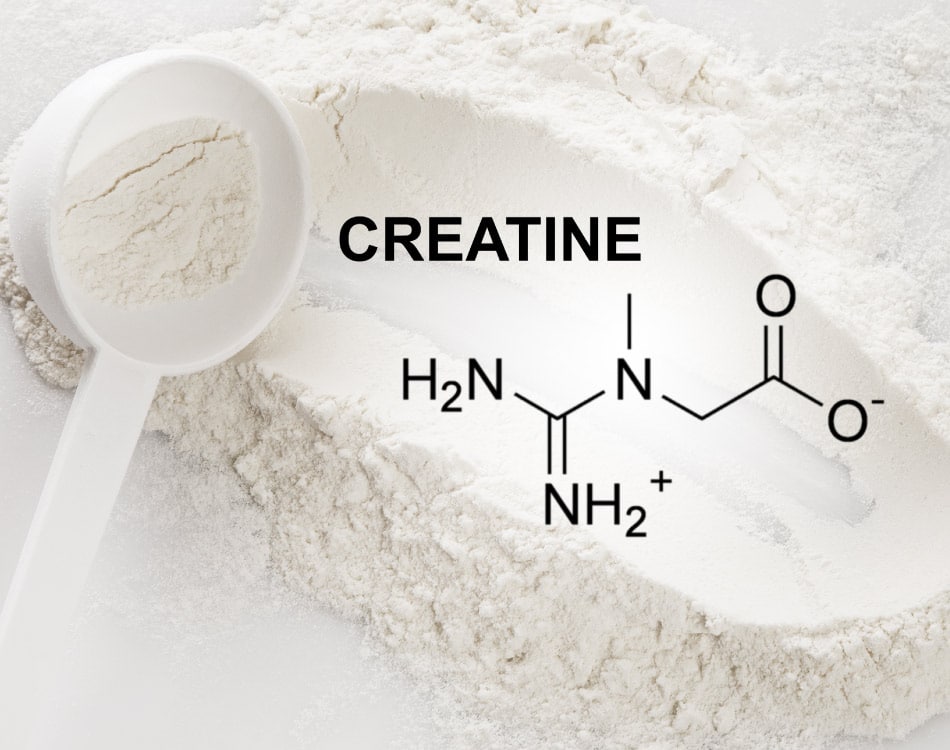The once unassuming protein bar is now so popular that it dominates the aisles of both food and supplement stores.
In response to rising demand for better-for-you convenient snack options and functional foods, supplement manufacturers have come to the party with improved formulations, a better texture profile and a wide range of innovative flavour options.
Their dedicated R&D focus has transformed what was once a ‘gluggy’ and sugar-laden snack with questionable tastes and textures, to bars that could pass for the most indulgent treats.
They’re now used extensively as a snack option by active individuals who live on-the-go lifestyles or those on a diet.
But with some many options available, how should you select the best protein bar for your requirements? And what set appart a good protein bar from a candy bar with added protein.
Step #1: Pick your protein
Most protein bars use whey – the gold standard in protein – as the main ingredient. Others offer a blend of whey and the slower-digesting casein. However, some people are lactose intolerant or want to reduce their intake of animal proteins. That’s why you’ll now find a range of plant-based protein bars on store shelves. Ideal and commonly-used sources include brown rice, pea and soybean proteins, among others.
Step #2: Interrogate the label
The same principle applies to any manufactured food item you buy – read the label! The two most important line items to check are the protein content and the sugar content. Some protein bars still include excessive sugar – sometimes as much as conventional chocolate bars. Avoid those!
Next, read on to discover the protein content of the bar in your hand. It should ideally contain a 20g serving of complete protein. Watch out for amino acid spiking by looking for excessive allocations of ‘free form amino acids’ as a percentage of the total protein content.
Well-formulated bars may also contain additional vitamins and minerals. Check the label to ensure you aren’t doubling up on your morning multivitamin and mineral complex.
Lastly, check for gluten-free or dairy-free options. As the prevalence of food allergies continues to rise, manufacturers are catering to these dietary restrictions with free-from alternatives. There’s bound to be a product on sale that meets your specific lifestyle requirements.
Have you seen the new USN Trust protein bars?
How about this Quest Bar chocolate chip cookie dough, 21g of protein per serving
Step #3: Consider carb sources
As we already stated, massive doses of sugar aren’t ideal. To ensure you aren’t buying a fancy chocolate bar disguised as a functional food, opt for bars that contain no more than 8-10g of sugar per serving.
To keep the calorie content low, many protein bars also contain sweeteners such as xylitol, sorbitol, maltitol or lactitol. Also known as sugar alcohols, these may replace traditional sugar but can cause bloating, severe gas and abdominal distress.
Including ingredients such as high fructose corn syrup, maltodextrin or fructose in the formulation is another way sugars can sneak into bars. Low-carb bars may contain fewer carbs, but it’s important to determine the source before deciding on the specific product or brand.
Some bars also have glycerin added to their ingredient mix, which is a popular additive to increase palatability and consistency. Glycerin should be counted among the carbohydrate grams. Ultimately, though, look for a bar that doesn’t have sugar as its primary carbohydrate source or its main ingredient.
Step #4: Count your calories
Before you buy a bar, consider how you plan to use it in your healthy and fitness-focused lifestyle. Is it a snack, a meal replacement or a convenient post-workout source of bioavailable protein?
Once you’ve answered this question, consider the calories. For a snack, 200 calories are more than adequate, while a meal replacement option or post-workout snack should offer between 280 calories or more – but keep that calorie count under 400! A post-workout bar should also contain lower fat content than the other two options to ensure rapid digestion and absorption.

















Leave A Comment